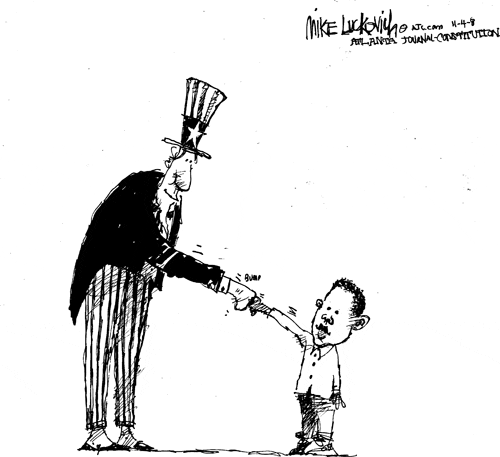
Upon reading Mr. Lawler and Ms. Logan's post about the U.S. soldier who killed 5 of his own men, I was fascinated with both its similarities and differences to the story of Pat Tillman. It's true that both were stories of multiple U.S. soldiers being killed by one of their own men, but the similarities seem to end there. In the Pat Tillman story, the men were killed by accident, the killer thought they were the enemy in all the confusion. However, in the more recent story the soldier was provoked to kill by Post Tramatic Stress Disorder.
One of the most imortant differences, however, is that Pat Tillman was a celebrity, while the soldiers of Iraq remain anonymous. This shouldn't make a difference in how the situation was handled, but of course it did. The Pat Tillman story was hidden until absolutely necessary, as if it's an embarrasment to the country. The modern story, on the other hand, was put out immediatly into the news as a national tragedy. I found this fascinating, and while it could be the change in situation, it struck me as funny that they would be handled so differently just because one person is more well known than another.
Regarding the Lawler/Logan blog post on the same topic, I wouldn't consider the U.S. soldier to be a villain. He was clearly ill and cannot be held responsible for his actions. This reminded me a lot of the movie we watched in class, "Born on the 4th of July". Ron Kovic, the main character of the movie, went crazy from the war after an injury stopped him from living the same way as before. War can drastically change people, and it's tragic. I find the U.S. soldier not a villain, but a victim of war, along with those he killed.


